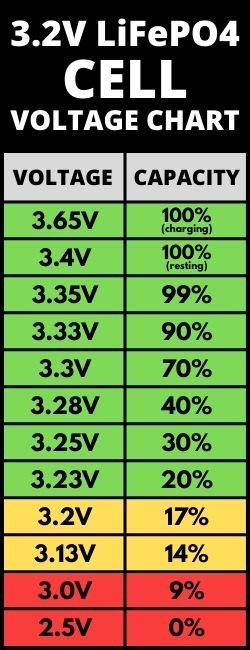Hi there,
I have 10 battery modules in a pack. Each module has 51 volts. I would like to know how much voltage difference are allowed between to modules? I mean more than how much voltage the BMS needs voltage balancing between these modules?
Best regards,
Reza
I have 10 battery modules in a pack. Each module has 51 volts. I would like to know how much voltage difference are allowed between to modules? I mean more than how much voltage the BMS needs voltage balancing between these modules?
Best regards,
Reza


